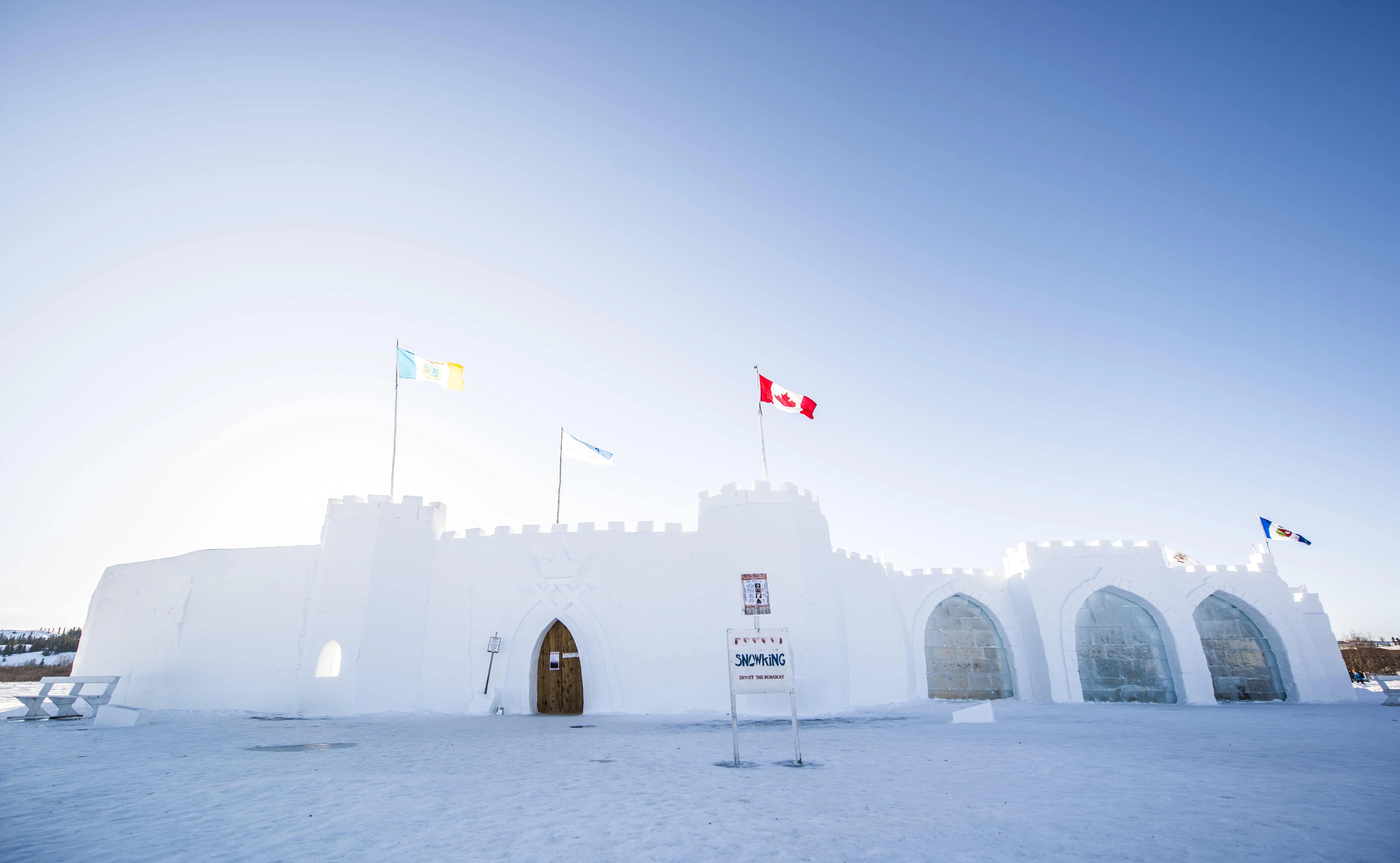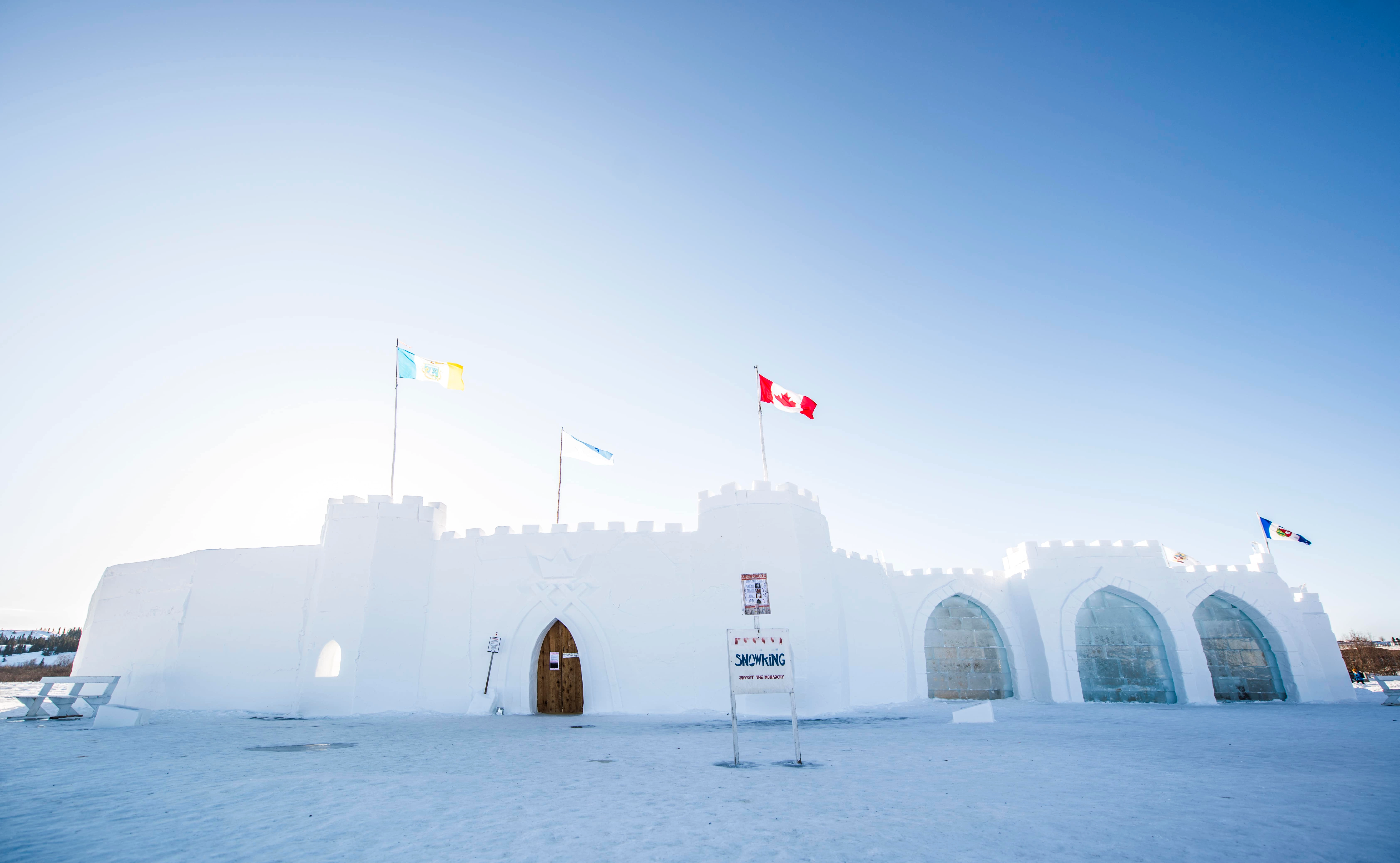YK Month By Month
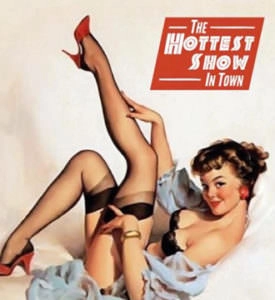
January
Average Temperature: -27.9 C
January is a month for returning and refueling. The days are still short, though the amount of sunshine is increasing exponentially every day. Most of the town is getting its groove back on after the holidays. Traditional winter activities are at their peak, with Yellowknifers indulging in cross-country skiing, ice-fishing, aurora borealis viewing and snowmobiling. On the shores of Yellowknife Bay, the first outlines of the world-famous Snow Castle, home to a much-loved local festival in March, start to appear as teams begin to build the structure from snow and ice. In town, anticipation builds for the Brrrlesque Show, a ribald annual event usually held at the end of January in which daring Yellowknifers show some skin during a variety of musical and cabaret acts.
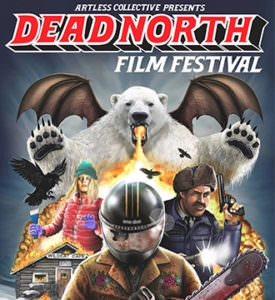
February
Average Temperature: -24.5 C
The days grow longer still. By the second week of February most Yellowknifers are starting off to work in daylight. Yellowknife Heritage Week takes place mid-month, offering events that introduce citizens to the rich history of their town. The increased daylight means more and more outdoor activities. The big cultural event of the month is the Dead North Film Festival, an annual showcase of Northern filmmakers delivering short genre films with a horror/science-fiction theme that shows to packed theatres over three days.
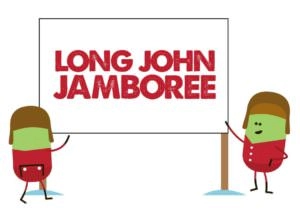
March
Average Temperature: -18.5 C
Festival time! For many Yellowknifers, March is the most Yellowknife month of all, with its blue skies, copious daylight hours and invigoratingly chill temperatures creating perfect conditions for winter sports. The Snowking Festival starts off, drawing Yellowknifers into the Old Town neighbourhood and onto Yellowknife Bay to see this year’s version of the magnificent castle. Inside, the increasingly elaborate castle is home to a wide variety of programming over the course of the month, from musical performances to art shows to children’s events. Near the end of March, the Long John Jamboree, a weekend-spanning event, becomes the Snowking’s neighbour on Yellowknife Bay, with ice carving competitions and a 150 km dog sled race.
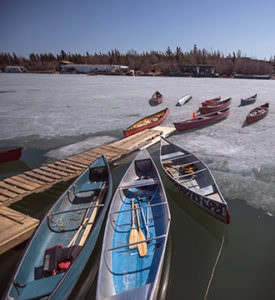
April
Average Temperature: -6.2 C
The first inklings of spring, and the end of the winter aurora viewing season — which usually winds up around the middle of the month — make April the city’s “shoulder season.” April can be tricky in Yellowknife, with the days sometimes offering huge temperature swings resulting in tricky conditions after the snows melt and then refreeze, and making the choice of how to dress for the day a complicated one. This is when the city reveals what all that snow has been covering all winter, for better or for worse.
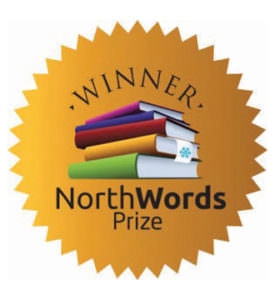
May
Average Temperature: 5.0 C
Welcome to the Break-Up, that time of year when the ice on local lakes starts to disappear. The air is filled with the smells of soil and greenery as the seasonal foliage bursts back into life. This is an awkward time of year for Yellowknife’s famous houseboat community, who must negotiate the tricky ice conditions as they make their way from home to shore and back again. The month is usually capped with well-regarded literary festival, Northwords, which brings in a writers from around the world for panels, workshops and discussions that inspire the town’s writing community.

June
Average Temperature: 13.1 C
The temperatures are up, and the days are reaching their longest. Being sub-Arctic, Yellowknife doesn’t get full-on Midnight Sun, but for all intents and purposes, the days are endless, with the sun barely dipping below the horizon as Summer Solstice approaches. Also appearing is the Yellowknife Farmers Market, a fairly recent arrival to Yellowknife, which offers local ingredients, vegetables, fish and a variety of home-made foods every Tuesday in Somba K’e Park. It’s a huge focal point for city, a place to meander through the booths while choosing something for dinner and meeting up with friends. This is also the start of Food Truck season in the city, and Somba K’e Park and other locations are full of al fresco office workers enjoying their lunches and coffee breaks.
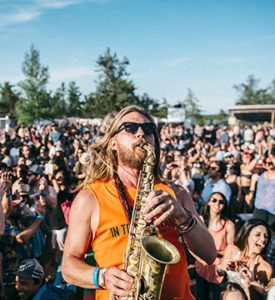
July
Average Temperature: 16.5 C
The neverending days of summer are in full swing, as are outdoor summer activities. Many Yellowknifers head out of town every weekend for hiking, camping, fishing and boating adventures. Some take serious time off to launch themselves on expeditions on the NWT’s lakes and rivers that can take weeks at a time. Meanwhile, things start to heat up at the venerable Long Lake location of the summer’s biggest event, Folk on the Rocks. More than a music festival, this long-running institution, which normally takes place over a weekend in the second half of the month, is a huge social occasion, during which Yellowknifers of all ages mingle in the sun and sand. The expansive beer garden is an especially favoured spot for lively performances by both bands and audiences.
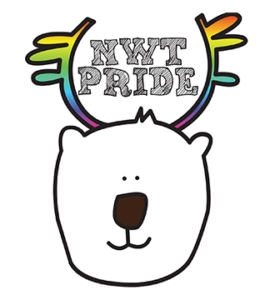
August
Average Temperature: 14.1 C
The nights start to return as days get shorter. Temperatures remain summery until the end of the month, when hints of fall are in the air and the Aurora viewing season begins again. At the Folk on the Rocks Site and a variety of other locations around town, the city’s LGBTQ+ community celebrates with events including music, workshops and poetry readings during NWT Pride. The historic Old Town neighbourhood opens its arms, and doors during the Old Town Ramble and Ride weekend, which sees local artists and musicians display their wares and perform at a variety of unique venues.

September
Average Temperature: 6.7 C
Fall — and its accompanying aurora season — begins, and the city, which is usually a bit sleepy over the summer, starts to gear up again. Families return from their holidays or expeditions and head back to school and work. Meanwhile a local late-summer obsession — berry-picking — flares up. Cranberries, black currants, gooseberries — all are prized and Yellowknifers guard their berry-picking spots fiercely. A unique cultural highlight of the month is the Dog Island Floating Film Festival, which gathers cinephiles to watch an eclectic selection of northern films on Yellowknife Bay from the comfort of their kayaks, canoes, and any other floating devices they care to use.
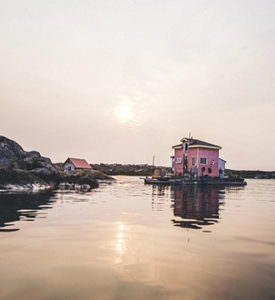
October
Average Temperature: -1.4 C
Winter is not quite here yet, but it’s coming, and even the hardiest food trucks beat a retreat to their cold weather storage. Days get shorter and shorter and temperatures start to drop noticeably. Snow falls occur later in the month but rarely stick before Halloween. Later in the month, the lakes begin to ice-up — again, making life difficult for the Houseboat community. This is a transitional month for Yellowknifers, who start planning their winter distractions.
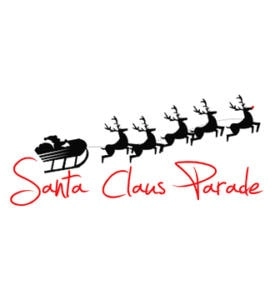
November
Average Temperature: -14.8 C
Winter is here, for real. Lakes still have not frozen solidly, which means residents must take extra care not to prematurely go out on the ice. The City of Yellowknife’s website usually issues a series of announcements about lake ice thickness, alerting residents when it is safe. The amount of daylight shrinks, and it becomes almost a matter of pride to see who lasts longest before adopting full winter gear for some residents. A truly polar Santa Claus Parade sends hardy floats from local groups and businesses through the downtown to parade past pink-cheeked children.
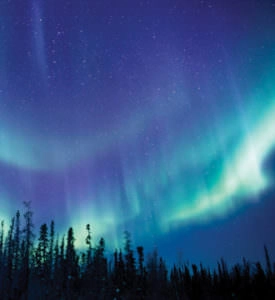
December
Average Temperature: -24.1 C
The heart of winter is upon the city, with daylight shrinking as we approach winter solstice on December 21. Yellowknifers go to work in the dark and return home in the dark, and many start their hibernation process, though just as many dive into winter outdoor activities — now that the lakes are fully frozen, people are out on the ice enjoying skiing, snowmobiling, dogsledding, ice parasailing — Yellowknife Bay becomes a beehive of sporty activity. Meanwhile, the aurora borealis tourism season kicks into high gear, and the town is full of visitors.
